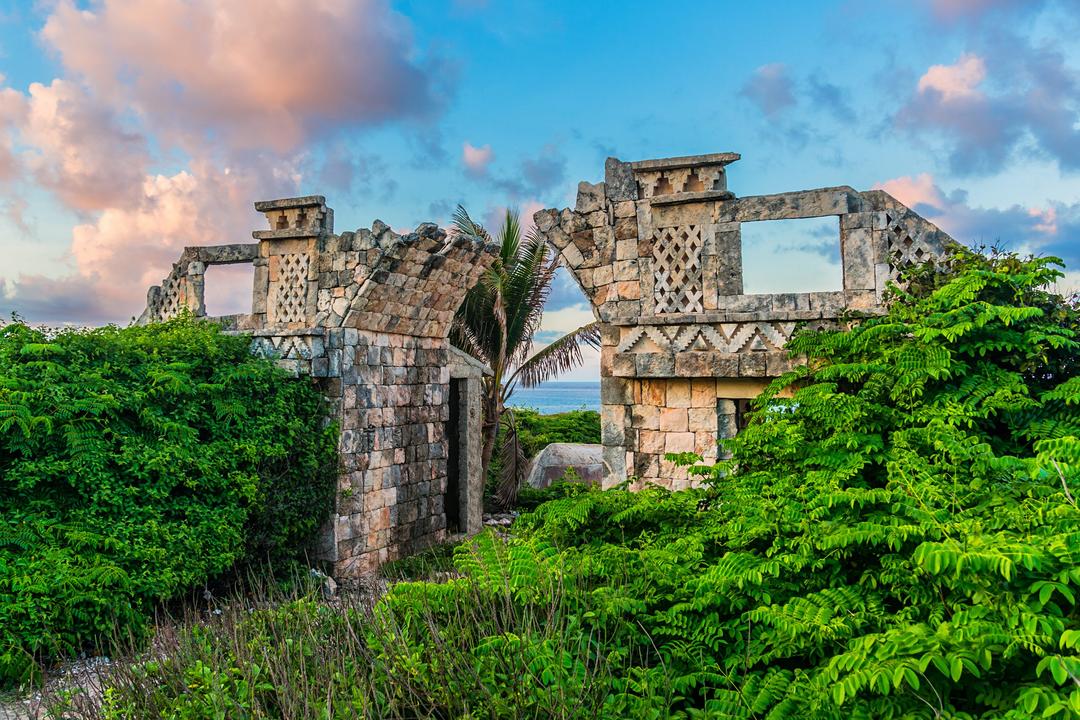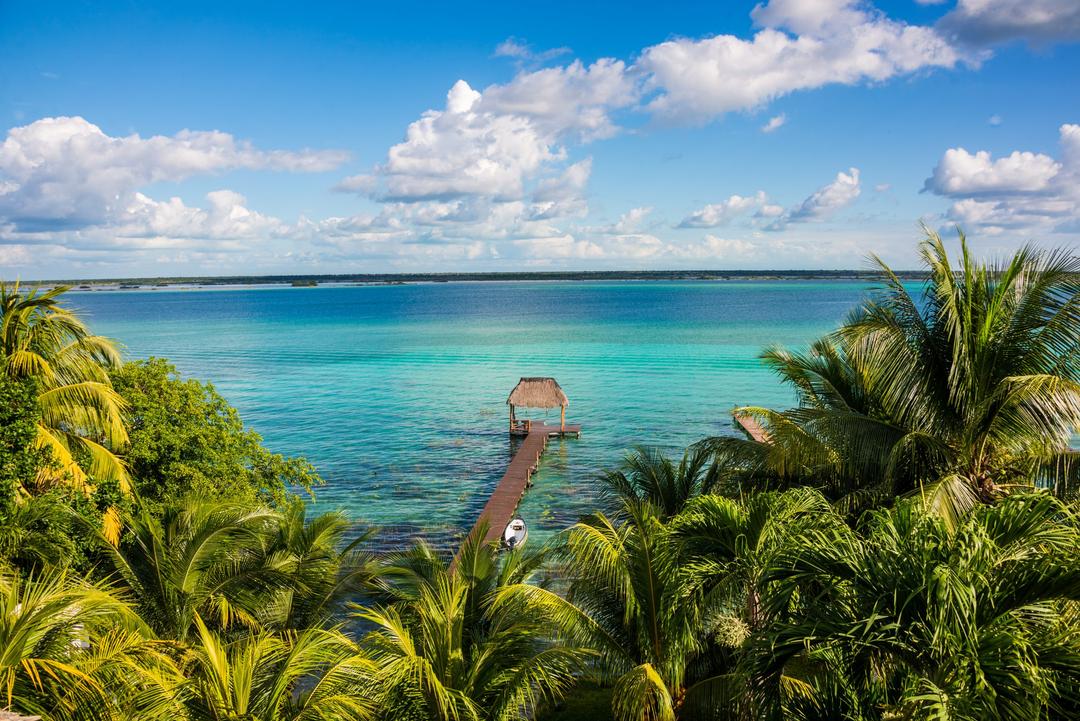The Zapotecs
Learn about one of the most numerous indigenous peoples in Mexico today. This culture became, during the pre-Columbian era, one of the most important thanks to its expansion, among other things.
Zapotec characteristics
Typical Zapotec dwellings were rather rural, built with natural materials. The social base for the Zapotecs was the family, the fundamental pillar of their society. Generally, it was the woman who was in charge of bringing home the money, thanks to the sales; the female figure was also in charge of food processing.
One of the most important traditions for the Zapotecs is the use of candles, a very important element in their culture. That is why they cannot be missing in any type of celebration or festivity, since they are used to honor ancestors, gods and saints.
Zapotecs: meaning
The name comes from the Nahuatl language tzapotecal and means ”inhabitants of the zapote country” although they prefer to refer to themselves as people who come from the clouds or Binnizá. The Zapotec have spoken two languages, both Mexican Spanish, with which they currently communicate mostly, and the native Zopotec language.
Main cities of the Zapotecs
It is said that the Zapotecs emerged in the central valleys of Mexico and from there expanded to other regions. Zapotecs today are found in the central valleys (there are three main valleys: Etla, Tlacolula and Zimatlán), in the Sierra Norte and in the Isthmus.
Zapotecs living in the central valleys wear traditional clothing such as embroidered dresses or skirts with loose-fitting blouses in which deep red sashes can be seen.
Zapotecs residing in the Sierra Norte, as opposed to Zapotecs residing in the central valleys, are characterized by wearing traditional, labor-intensive clothing called huipiles choapeños.
We finish with the Zapotecs who live in the Isthmus, which are characterized by common clothing to the previous ones, but that will depend on the event to which they have to go; it is composed of the traditional dress called huipil.
Zapotecs and Mixtecs
The Mixtecs, or as they prefer to call themselves, ”people of the rain”, are, like the Zapotecs, one of the largest ethnic groups in the country. The former are mostly found in the state of Oaxaca or Puebla, while the Mixtecs are more associated with the northern Sierra or the central valleys.
While the Zapotecs keep their native language alive, the Mixtecs have been losing it in favor of Mexican Spanish, something that grieves the community and which they are trying to promote with movements within the community itself.
In terms of religion, both the Zapotecs and Mixtecs have maintained, roughly speaking, their beliefs: mostly both ethnic groups have remained polytheistic, although at present and within each community, they have converted to other religions existing in America, such as sects, Catholicism and the like.
Related Posts:The Zapotecs
Continue informing yourself...

What to do in Cancun (Part 1)

Have you Been to Marimba Park?

What to do in Isla Mujeres

